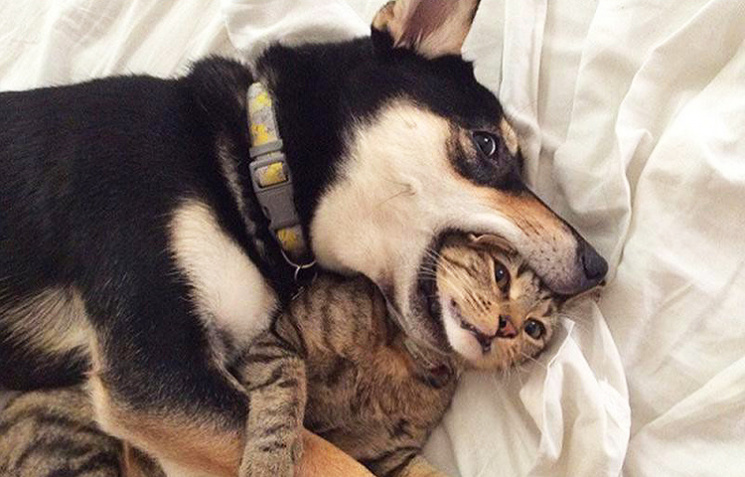A recent study conducted by veterinarians from the University of Copenhagen in Denmark has brought attention to an ongoing trend that has been observed in previous research: dog owners typically spend more on veterinary services compared to cat owners. However, in recent years, this disparity has been narrowing, prompting scientists to investigate whether this trend reflects the owners’ attitudes towards their pets.
To explore this, the researchers surveyed 2,117 pet owners from Denmark, Austria, and the United Kingdom. Among the participants, 844 were dog owners, 872 owned cats, and 401 were responsible for both pets. The scientists evaluated four key indicators: attachment to the pet using the Lexington Attachment to Pets Scale, pet medical insurance coverage, willingness to pay for expensive yet vital medical treatment, and expectations regarding the availability of different diagnostic and treatment options for their animals at clinics. The analysis results were published in the “Frontiers in Veterinary Science.”
The findings revealed that those surveyed were more willing to care for dogs than cats. This difference was particularly pronounced in Denmark, while in the United Kingdom, the indicators were nearly equal. Approximately 34% of dog owners in the UK expressed their readiness to pay a significant amount for vital medical treatment for their pets, compared to 28% of cat owners. Such a difference was not deemed statistically significant. In Denmark, however, the contrast was striking, with 41% of dog owners and only 26% of cat owners affirming their willingness to pay for costly treatment.
Furthermore, on average, dog owners were more attached to their animals than cat owners. In Denmark and Austria, dog owners also expected a more comprehensive range of available treatment and diagnostic methods for their pets than cat owners. Only in the United Kingdom were the indicators for dog and cat owners roughly equivalent.
The authors of the study offered a hypothesis to explain these findings. They noted that Danes may not have grown accustomed to regarding cats as pets to the same extent as Austrians and Britons. Urbanization in Denmark occurred later than in the United Kingdom and Austria. This may explain why Danes may still perceive cats more as street animals or farm helpers rather than domestic pets. Additionally, other factors, such as the cost of veterinary services and average salaries, could influence the results. This diversity of findings demonstrates that such trends are individual to each country rather than universal among pet owners worldwide.

